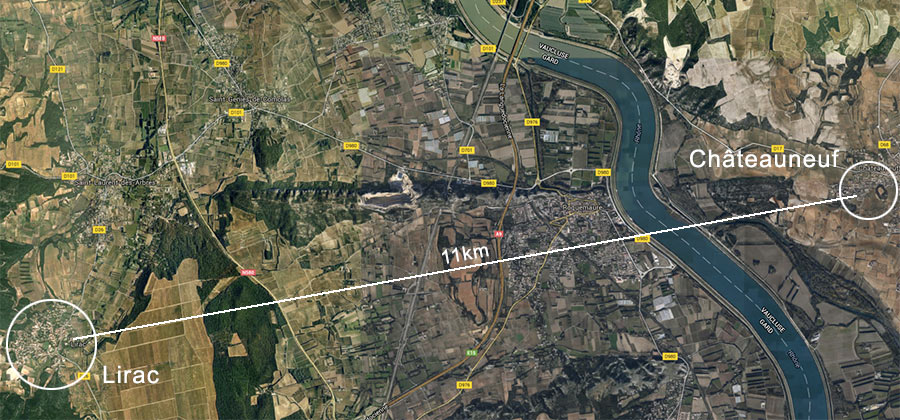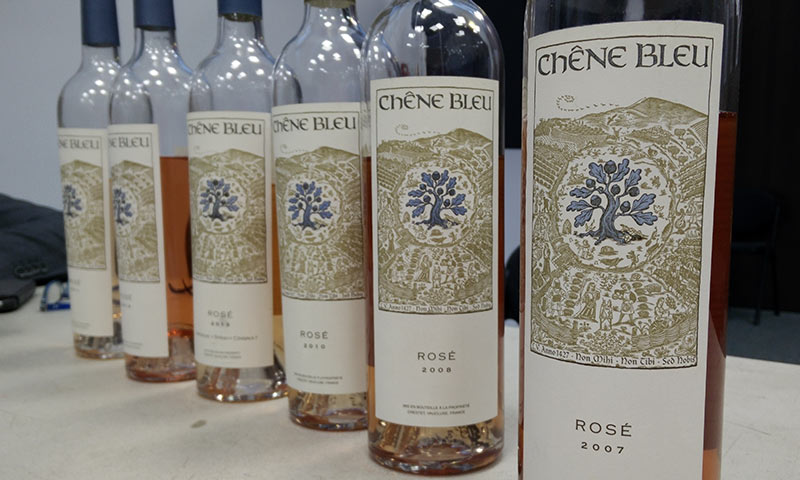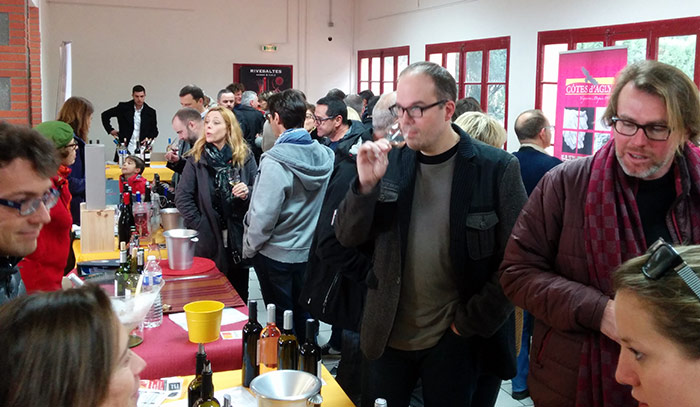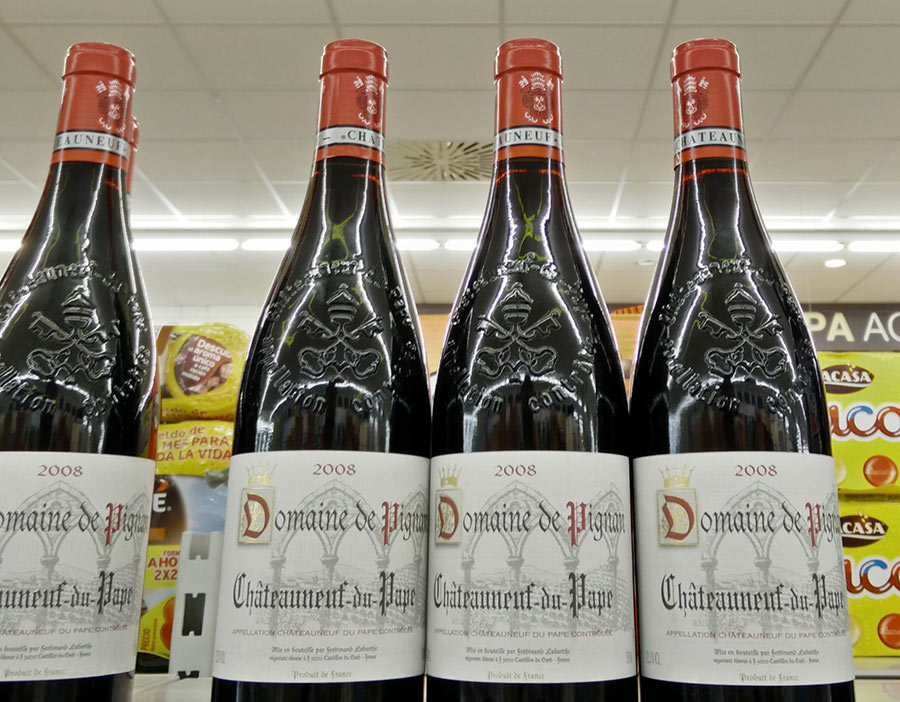AOC Lirac isn’t a name that rolls off most wine drinkers’ tongues when talking about the Southern Rhône Valley. Honestly, it wasn’t one that rolled off mine either given that most people talk about Châteauneuf du Pape, Gigondas, Vacqueyras, and even Côte du Rhône Village wines before they talk about Lirac. Thankfully, my mind was opened up a bit as I was lucky enough to sit in on a Masterclass at Vinisud in February and managed to taste through a nice showing of vintages from the region.
While Lirac cellars can produce red, white and rosé, they focus mainly on red (80% of production) as if you want to make a rosé, then the Tavel appellation that borders Lirac is probably going to be a much better friend. By and large, the DNA of the wines is very much similar to what you find across the river in the left bank appellations with a heavy focus on Grenache, Syrah, and Mourvèdre. The soils are even similar to what you find in the left bank as this was all once part of the same river flood plain eons ago. Châteauneuf’s famous galets roulés stones? Lirac has ’em.
Something else I didn’t know was that apparently phylloxera, that scourge of European viticulture in the second half of the 19th century originated there. At Château de Clary, they decided to try planting some native vines brought over from California and well, “oops”… Naturally, this is one of the reasons we regulate agricultural controls so heavily these days.
So why isn’t Lirac more well-known? As I’ve obviously not kept up with the vintages nor cellars from there, I can only assume it’s for the same reason as found in other under-the-radar regions in that the quality has only significantly improved as a whole in the last 10-15 years. Whereas in say, Châteauneuf du Pape, they’ve been known for exemplary quality for decades and most of the French appellation system is actually based upon what they were doing in the early 20th century.
This comes at an advantage to the consumer though as the cost of Lirac wines, for the the time being, is quite reasonable and from what I’ve tasted, there are some excellent bottles to be had that won’t strain your wallet. If they play their cards right, I can easily see a bright future for the region as with a little over 700ha in vines and about 53 cellars (80% of them privately owned, not cooperatives), there’s the potential to make very regional-specific wines with that oh-so wonderful Rhône character.
Note that the first wine I bought at an Auchan outside of Lyon and the next two wines are ones I bought after tasting the last six wines in the Masterclass. You’ll note that the years go back quite far as the appellation wanted to show how well their wines can age given that Grenache gets a bit of shit sometimes as people claim it can’t stand being laid down for years due to the inherently oxidative qualities of the grape which some people I know contest. This tasting showed that these wines are great young as well as aged, again contributing to the premise that the region has matured and is very much worth checking out for most anyone now.
Please view the full Lirac tasting.




